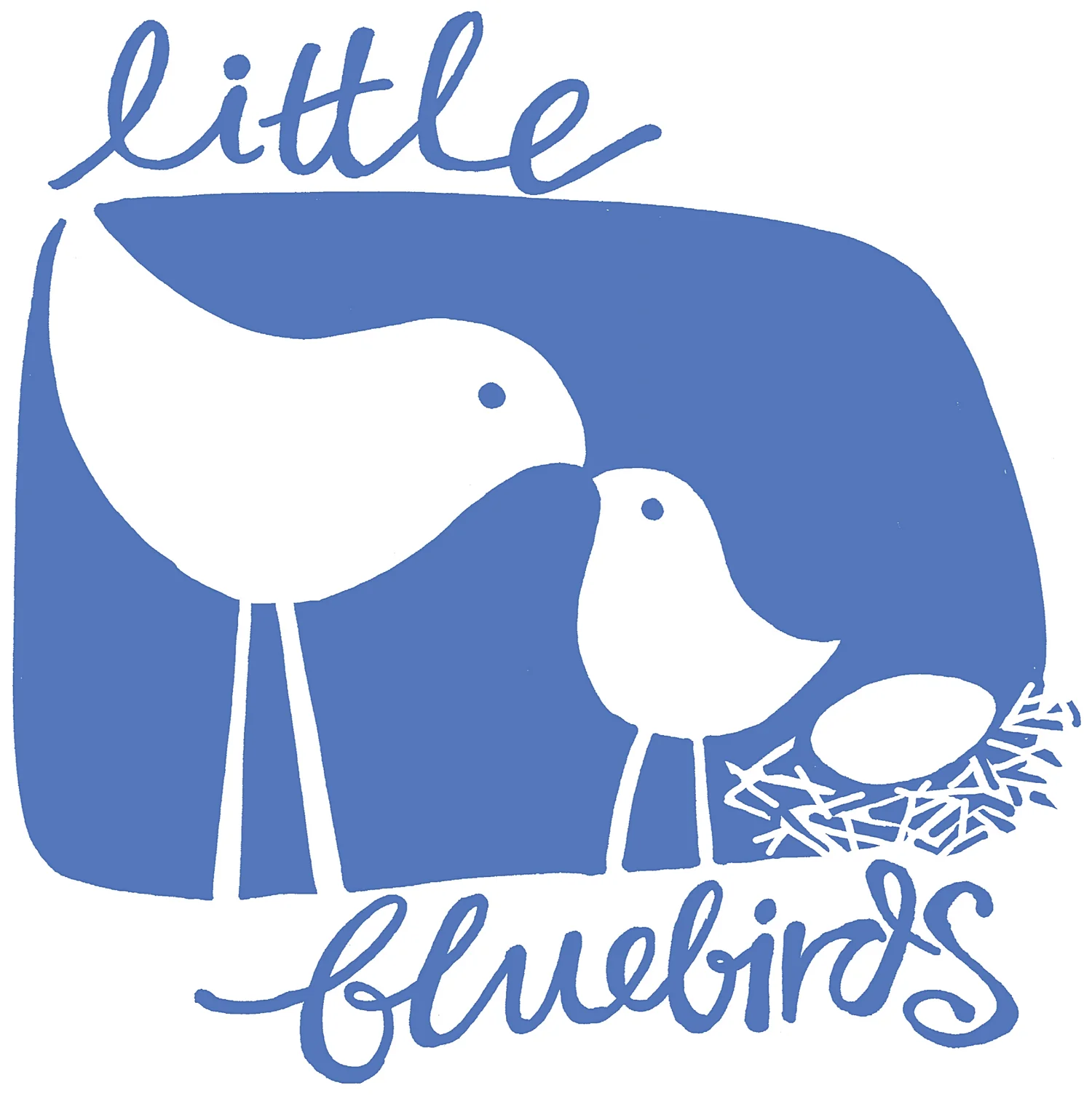Finding your voice
Voices are AMAZING! They can make all sorts of sounds.
To encourage little people to explore their voices and develop a wonderful freedom and confidence in using their voice, I always include a pitch exploration activity in my preschool music classes. It can also be a great way to activate the muscles used when singing in 'head voice' (you can read all about head voice and the vocal muscles in my post here).
There are so many imaginative ways to explore your voices together at home. Here are six ideas to get you started:
1. Spooky sound effects
Tell a spooky story and ask your child to provide the sound effects. You might like to include a wicked witch laugh, a wolf howling at the moon, a ghostly "ooooohhh", owls hooting, a squeaky door...
2. Magic paint brush
Use a 'magic' paint brush to paint an invisible masterpiece. Your voice follows the brush - it sings high sounds when the brush is up high in the air and low sounds when the brush is down low. Demonstrate first and ask your child to copy. Then swap over and let them be the leader and you play copy cat.
3. Speak whale
Try having a whale conversation. Many kids will have seen the classic movie, Finding Nemo, and immediately jump right into this game. But check out this clip of East Australian Humpback Whale song recorded as part of the Oceania Project for some real-life inspiration.
4. Bendy pipe cleaner
Bend a pipe cleaner into a shape, trace it with your finger and make your voice follow along. Here's a demo by some young American students!
5. Kazoo
Buy a kazoo (or two) and have some buzzing good fun! The concept of singing or humming into the kazoo (rather than just blowing) can take a little practice but is oh so rewarding. Here's a 'kazootorial' to get you started if you've never discovered the joys of playing the kazoo.
It will take some kids a few tries to get the hang of the kazoo. Don't give up! Keep reminding them to sing or hum into the kazoo and they'll get a wonderful thrill when they finally master it.
You can pick up kazoos for a couple of dollars from some toy stores or on eBay (they make great presents for nieces and nephews if you have a score to settle with your sibling!)
6. Books for vocal exploration
Try adding sound effects to the illustrations of a book...
Perhaps your child could make the animal sounds in Eric Carle's 'Brown bear, brown bear, what do you see?
Or make their voice follow Yellow Dot's ride in 'Let's Play!' by Herve Tullet.
Tips for encouraging beautiful singers
Exploring your voice is lots of fun but if you'd like to capitalise on the learning opportunity and help your young singer develop their beautiful singing voice remember these few tips:
Short but sweet - you don't need to spend long on these activities - 1-2 minutes at a time is plenty.
Start high - when little people are still learning to use their head voice they are more likely to use the correct muscles if you start high and slide down to the low notes.
Encourage vocal health - avoid shouting, roaring loudly or making very low sounds for more than a few seconds at a time.







